In Brief
- WKKF leaders* Felicia L. DeHaney, Carla Thompson Payton and Alandra Washington authored “Quality Includes Removing Bias from Early Childhood Education Environments” in the Summer 2021 edition of Young Children, the National Association for the Education of Young Children’s (NAEYC) peer-reviewed journal.
- In their analysis, DeHaney, Thompson Payton and Washington examine the impact of implicit bias on racial equity within early childhood education (ECE) environments and offer ways to counteract these biases in classrooms.
- Overwhelming evidence shows that access to quality early childhood education sets children up for success throughout the rest of their lives. However, implicit bias within ECE classrooms is a significant, racialized, structural barrier to children of color receiving a quality, equitable education.
- In preschool systems across the country, the prevalence of rising suspension and expulsion rates among children of color provide evidence of implicit bias in these settings. The U.S. Department of Education’s Office of Civil Rights found that while Black students comprise 18% of preschool enrollment, they account for 48% of suspension rates.
- Implicit bias will continue to prevent our youngest students of color from receiving an equitable education despite growing access to early childhood education programs. To overcome these biases, we must take explicit steps to diversify staffing, improve cultural competence in our classrooms and better engage with students and their families.
Why This Matters
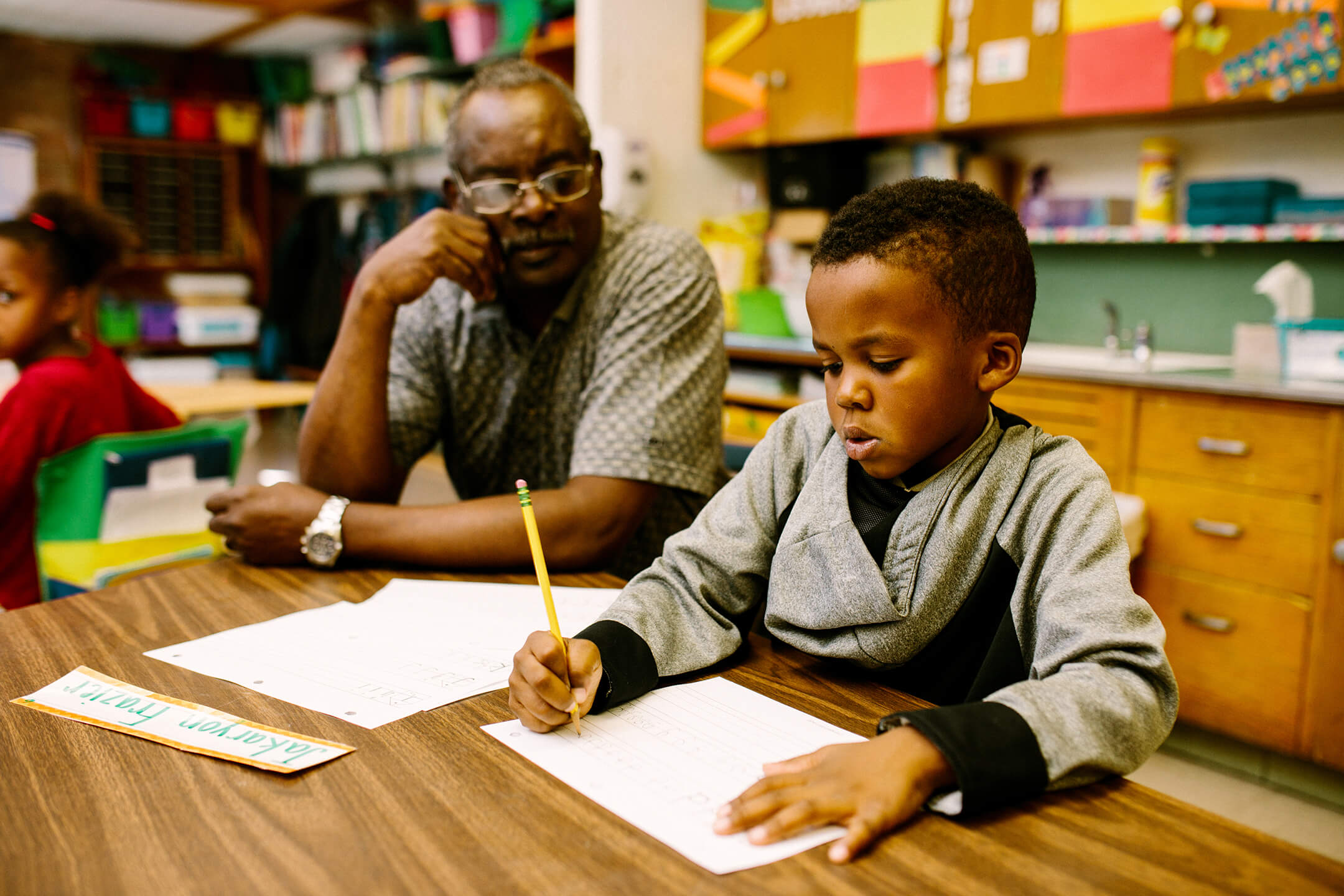
Implicit bias occurs when our attitudes and stereotypes affect our understanding, actions and decisions in an unconscious manner. When implicit bias informs how people view identities – including race, language, economic status, gender, ability and religious affiliation – it creates structural barriers, inequitable outcomes and disparities in educational achievements.
In our education system, implicit bias has fueled an upward trend in suspensions and expulsions of Black students, exacerbated by existing racial differences between teaching and student populations. The National Center for Education Statistics reported that students of color made up 45% of the public school population, yet only 17.5% of educators in the workforce were faculty of color.
Students of color made up 45% of the public school population, yet only 17.5% of educators in the workforce were faculty of color.
The Opportunity
DeHaney, Thompson Payton and Washington offer three approaches to counter implicit bias and related trauma for students in our early childhood education system.
- Increase hiring and retention of teachers of color.
Research suggests that hiring and retaining more teachers of color may reduce the influence of implicit bias in our education system. Programs like Clemson University’s Call Me MISTER, a leadership development program for African American males to prepare and place them as teachers and role models in elementary schools, offer an example of how to increase diversity in our educational hiring process. - Build empathy and cultural competence to reduce bias in the classroom.
We must support teachers’ continued self-awareness of how bias impacts their in-class interactions with students. Teachers should be prepared with culturally and linguistically responsive teaching practices (e.g. classroom management and family engagement), draw from culturally and linguistically relevant materials, and use their cultural competence and sociopolitical awareness to support the academic success of all children. - Promote positive school-family interactions and effective family engagement.
Early childhood education programs are often seen as “training grounds,” where parents and caregivers come to understand what to expect as their children move through their academic experiences. Effective family engagement is supported by an ongoing, reciprocal, strengths-based partnership between families and their children’s teachers and schools.
*Felicia L. DeHaney is director of program and strategy, Carla Thompson Payton is vice president for program strategy and Alandra Washington is vice president for transformation and organizational effectiveness, at the W.K. Kellogg Foundation.

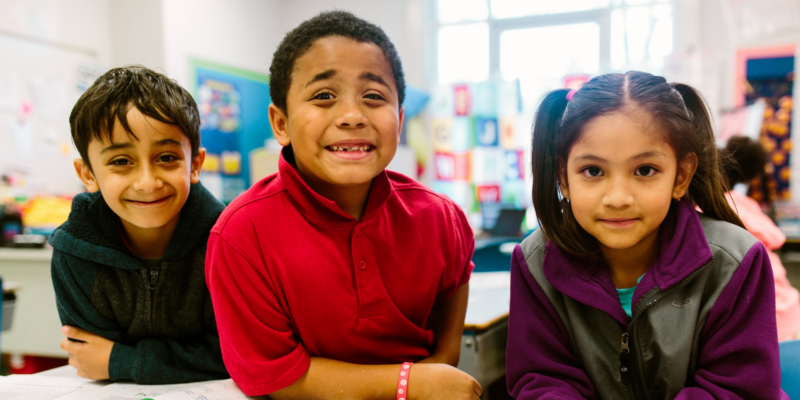
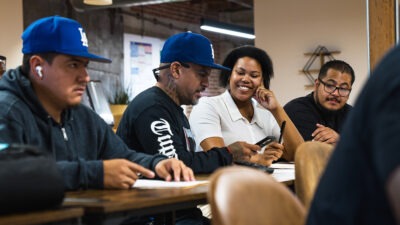
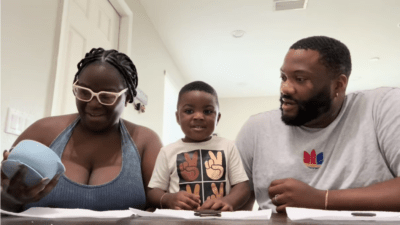
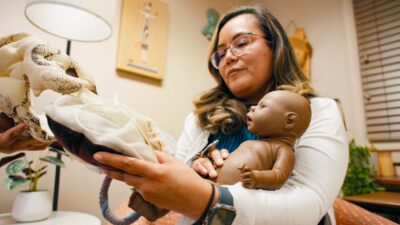
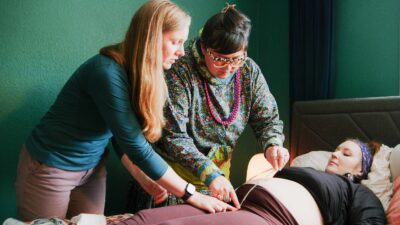


Comments